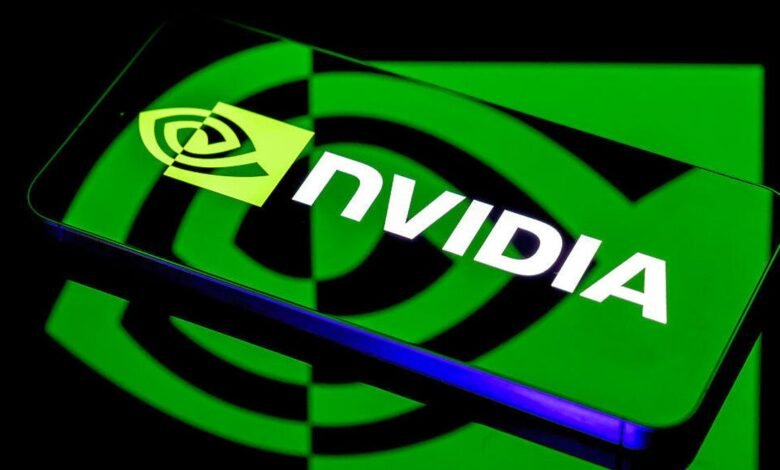Nvidia CUDA Now Available on Top Enterprise Linux Distros

▼ Summary
– The CUDA toolkit is now natively packaged with Rocky Linux, SUSE Linux, and Ubuntu.
– This integration simplifies AI development and deployment on Nvidia hardware for these Linux distributions.
– CUDA enables high-performance AI training and inference by leveraging Nvidia GPUs for parallel computing.
– The change reduces deployment time from weeks to minutes and minimizes installation risks.
– Organizations gain access to comprehensive support from both Linux vendors and Nvidia.
A major shift is underway for developers working with artificial intelligence on enterprise Linux platforms. Nvidia’s CUDA toolkit is now natively integrated into Rocky Linux, SUSE Linux, and Ubuntu, eliminating the need for manual installation and configuration. This integration promises to accelerate AI development cycles and simplify deployment workflows for teams relying on Nvidia’s GPU architecture.
Developers commonly use frameworks like TensorFlow, PyTorch, and JAX to build and train AI models. These tools depend heavily on CUDA libraries to deliver high-performance computation on Nvidia GPUs. By embedding CUDA directly into the package repositories of these leading Linux distributions, Nvidia and its partners—SUSE, Canonical, and CIQ—are removing a significant barrier to entry.
CUDA, for those unfamiliar, is a parallel computing platform that allows software to harness the power of Nvidia graphics cards for tasks far beyond rendering visuals. It taps into thousands of GPU cores to perform complex calculations at remarkable speeds, making it indispensable in AI research, data science, and high-performance computing. The toolkit includes APIs and libraries supporting languages like C++, Python, and others.
This move represents the culmination of years of strategic development by Nvidia, which has expanded from its graphics origins into a dominant force in both AI hardware and software. The native packaging of CUDA means that installations will be more reliable, with fewer version conflicts or dependency issues. Organizations can expect to move from setup to production in minutes rather than weeks.
Another advantage is the alignment of package naming conventions with Nvidia’s standards, ensuring consistency across environments. Each time Nvidia releases an update, the Linux distributors will promptly reflect those changes in their official feeds. This synchronization reduces maintenance overhead and improves system stability.
Support is another critical benefit. Companies using SUSE, Ubuntu, or Rocky Linux now have access to coordinated support from both their OS provider and Nvidia. This dual-layer assistance can help resolve technical challenges more efficiently, minimizing downtime during critical development or deployment phases.
Industry experts are hailing the collaboration as a milestone for AI and high-performance computing on Linux. Gregory Kurtzer, CEO of CIQ, emphasized that the integration “eliminates deployment risks and dramatically cuts time-to-production.” He also noted that ready-to-use Rocky Linux images with CUDA pre-enabled will be available through cloud marketplaces and CIQ’s own registries.
Similar offerings are expected from Canonical and SUSE, making it easier than ever to launch GPU-accelerated workloads straight out of the box. This partnership effectively sets a new benchmark for turnkey AI infrastructure, enabling innovation from research labs to enterprise data centers and cloud environments.
(Source: ZDNET)





